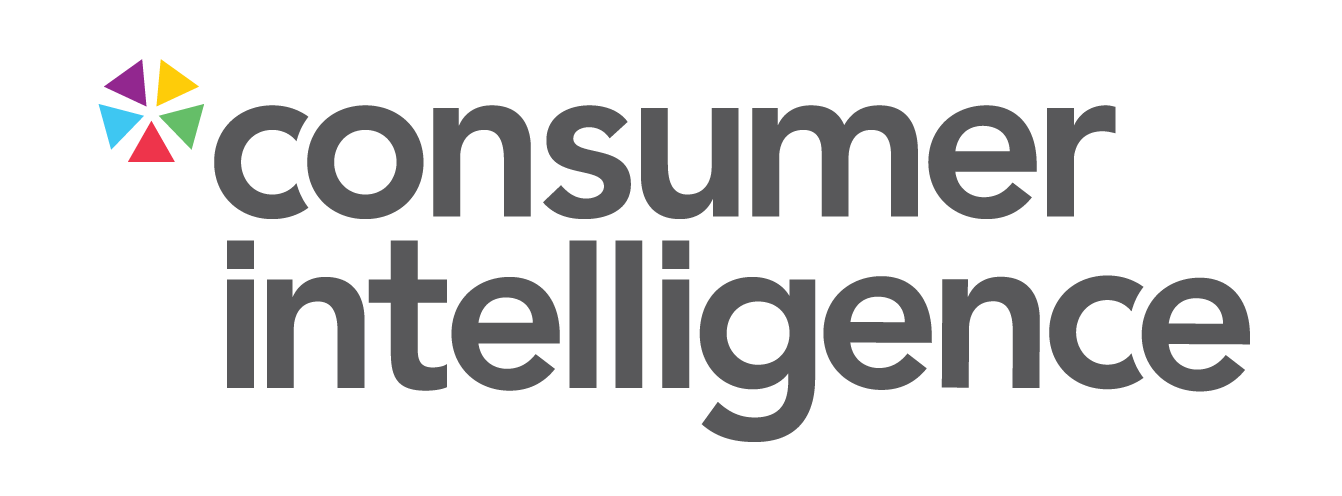2024 was a year of stabilisation in both the Motor and Home insurance markets. After record price hikes in previous years, inflation pressures eased, and insurers responded with aggressive competition. By year-end, record numbers of price-cut offers were appearing on Price Comparison Websites (PCWs), signalling a clear shift in market dynamics.
Now, as we move through the early months of 2025, a different trend is taking hold. The era of price rises appears to be over, replaced by a market where downward pressure on premiums is shaping insurer strategies. This change is accompanied by another critical shift fewer consumers are shopping. PCW traffic is down year on year, meaning there are simply fewer opportunities for insurers to chase new business. Against this backdrop, who has started 2025 with the strongest push?
Home Insurance (combined)
Lemonade, having launched its Buildings & Contents combined product in mid-2024, has steadily expanded its presence. By January 2025, its quotability reached 50% across all PCWs, with a continued focus on risk selection rather than broad market share. The brand remains most competitive on MoneySuperMarket, where its Ace tier features in the top quotes for a third of risks.
Following the Markerstudy-Ardonagh deal for Atlanta’s personal lines brands, completed in June 2024, Home market strategies are becoming clearer. December saw BISL (Markerstudy) brands Bradford & Bingley, Budget, and Dial Direct all exit Home insurance, while Swinton and Safeguard (from Atlanta) expanded their presence. Both brands have benefited from modest price decreases, though the reduced volume of shoppers means the impact on sales remains uncertain.
AA’s Home offering has also evolved, with its standard product discontinued in January, leaving only the Silver, Gold, and Platinum tiers. These saw significant price cuts, boosting competitive share at the start of 2025. However, whether this translates into sustained new business growth is unclear in a market where fewer consumers are actively switching.
Hastings and QuoteMeHappy both capitalised on 2024’s pricing actions, entering 2025 in stronger competitive positions. Hastings’ reported a 34% rise in Home policies-in-force, though Q4 saw competitive share decline, suggesting a more cautious risk approach. Esure Flex, having returned to all PCWs in mid-2024, also started the year with improved performance.
Motor Insurance
As expected, Admiral began 2025 with a price cut to stimulate Motor business. Admiral Essential and Admiral gained the most competitive share in January, particularly among younger drivers. However, early February data suggests some of these gains are already eroding.
Geoffrey Essentials also implemented mid-January price reductions, leading to rank 1-5% share increases on PCWs. However, these cuts were not across the board—those with prior fault claims still faced higher pricing, indicating a more selective approach.
Among Direct Line Group brands, Darwin saw the biggest early gains, thanks to two rounds of rate decreases across all four PCWs in January. Initially, these cuts benefited older drivers, but a second round of reductions extended savings to those under 35.
Hastings’ Direct YouDrive telematics product continued its strong trajectory, with nearly two-fifths of quotes landing in the top five on most PCWs. This follows aggressive Q4 price cuts, which have positioned the product competitively.
LV= also regained momentum after a prolonged period of low quotability. The last week of January saw a notable increase in availability, though uncertainty remains over Allianz’s long-term brand strategy. The LV= brand is still used under licence, and with Allianz having rebranded Flow to Allianz in March 2023, speculation continues over whether a full transition away from LV= is on the horizon.
A fundamental shift in the insurance market
The early months of 2025 confirm a fundamental shift in the insurance market. Price increases, a dominant feature in recent years, are no longer the main story premium reductions are becoming more widespread. However, this doesn’t necessarily translate into volume growth, as PCW traffic is down year on year.
Fewer shoppers mean fewer opportunities for insurers looking to expand, and aggressive price cuts alone may not be enough to drive substantial business growth. The challenge now is not just about pricing strategy but also finding ways to attract and retain customers in a market where switching activity is slowing.
As we move deeper into 2025, insurers will need to recalibrate their approaches, balancing price competitiveness with retention strategies in a market that is no longer purely about managing rising costs but about navigating declining demand.


Submit a comment